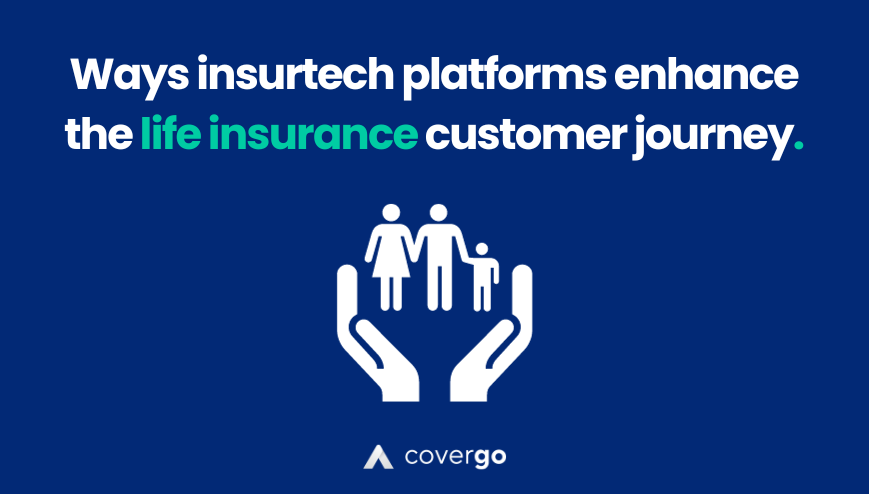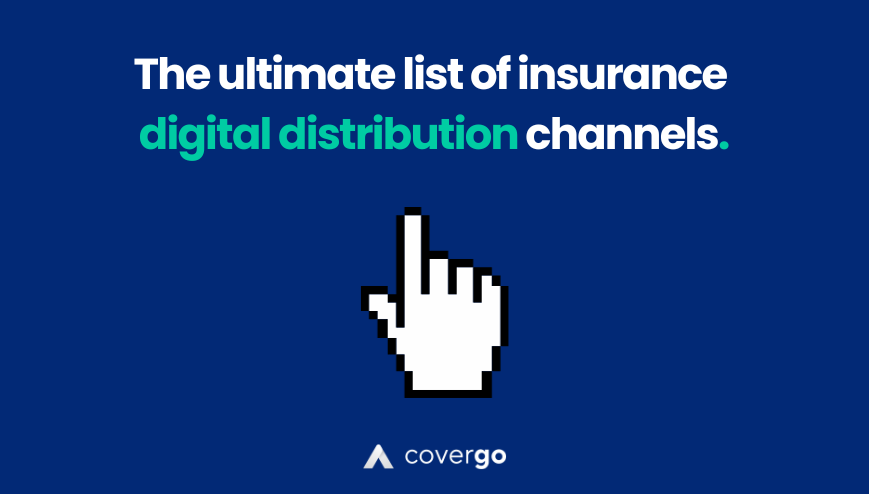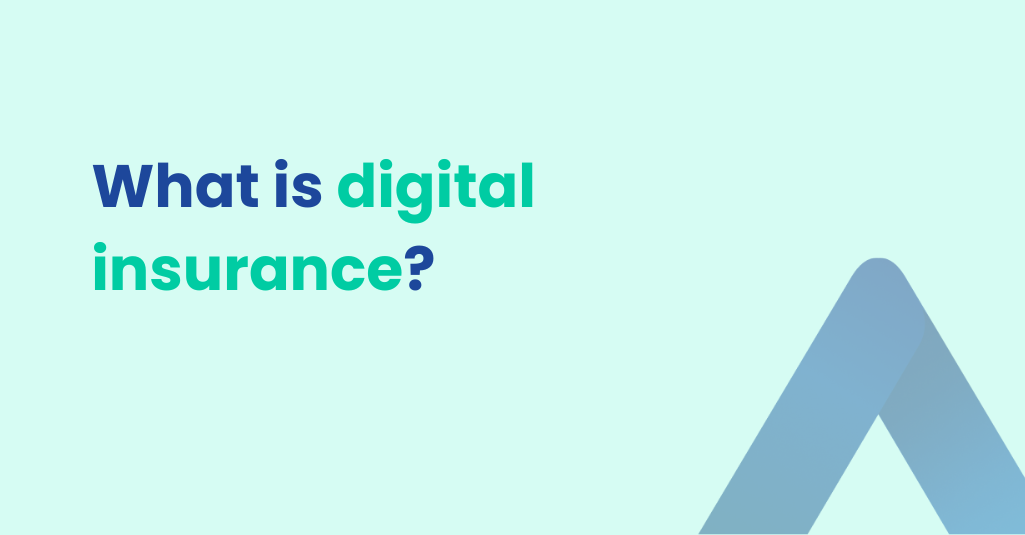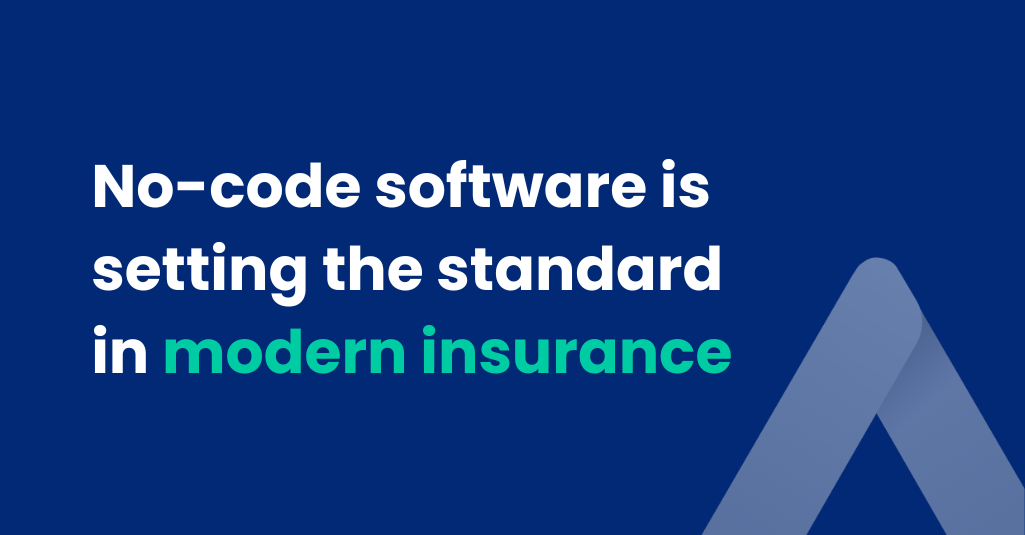
In the ever-evolving landscape of the insurance industry, staying ahead of the curve is essential. One of the key strategies that modern insurance companies are adopting to streamline their operations and enhance customer experiences is the implementation of various types of portals.
These portals, including admin portals, employee portals, agent portals, partner portals, and more, are becoming the backbone of insurance companies. In this article, we’ll explore the importance of portals for insurance companies, emphasizing the need for modern insurtech solutions that facilitate seamless data sharing and a superior user experience.
Admin Portals
Admin portals are the command centers of insurance operations. These portals provide insurers with a centralized digital platform where they can manage and oversee every facet of their business. Here’s why admin portals are often regarded as the most crucial component of the portal suite for insurers:
1. High-Level Decision-Making
Admin portals empower insurance company administrators to execute high-level decisions in a digital format. These decisions can encompass a wide range of activities, including policy management, underwriting, claims processing, and compliance management. With this level of control, administrators can navigate and adapt to the ever-changing insurance landscape efficiently.
2. Centralized Oversight
Admin portals serve as a centralized hub where administrators can gain insights into all aspects of the business, including data from other portals. This centralization enables real-time monitoring and reporting on key performance indicators, ensuring that the insurer remains agile and responsive to market trends and customer needs.
3. Integration of Data
One of the most significant advantages of admin portals is their ability to integrate and aggregate data from across the insurer’s core system. This includes data generated by employee portals, agent portals, and partner portals. By consolidating data in one location, administrators gain a comprehensive view of the insurer’s operations, which facilitates informed decision-making.
The Data Hub: Admin Portals and Data Integration
Admin portals serve as the data hub of an insurance company, where information from various sources converges. This integration of data from different portals and core systems is essential for several reasons:
1. Informed Decision-Making
Access to data from all areas of the business ensures that administrators have the most up-to-date information at their fingertips. This enables more informed, data-driven decision-making. For example, claims data from employee and partner portals can be analyzed to identify patterns and trends, leading to improved claims management strategies.
2. Streamlined Operations
The integration of data within admin portals streamlines operations by reducing manual data transfers and minimizing the risk of errors. A holistic view of data helps administrators identify bottlenecks and inefficiencies and take proactive steps to address them.
3. Enhanced Customer Experience
A key benefit of data integration in admin portals is the ability to enhance the customer experience. Data from agent portals and partner portals can be used to tailor products and services to meet the specific needs and preferences of policyholders, resulting in higher customer satisfaction and retention.
Employee Portal
These portals empower the workforce to efficiently process claims, underwrite policies, and perform other essential tasks. Employees can access resources, data, and tools necessary to fulfill their roles.
Employee portals are the digital platforms designed to facilitate and enhance the work of employees within an insurance company. These portals are crucial for the following reasons:
1. Operational Efficiency
Employee portals are designed to streamline operations by providing employees with access to the resources, data, and tools necessary to fulfill their roles effectively. This leads to improved efficiency in tasks such as claims processing, policy issuance, and customer service.
2. Real-time Information Access
Employees need immediate access to customer data, policy information, and claims status to provide timely and accurate service. Employee portals ensure that employees can access this information in real-time, allowing them to make informed decisions and respond quickly to customer inquiries.
3. Data Input and Management
Insurance companies rely on a vast amount of data to operate. Employee portals allow staff to input and manage data efficiently. This not only reduces manual data entry errors but also ensures that the insurer’s database remains up-to-date and accurate.
The Importance of Data Integration
While employee portals primarily serve the internal workforce, they also play a crucial role in data integration within the insurance company. Here’s how data integration is vital for employee portals:
1. Seamless Collaboration
Data from employee portals often needs to be shared with other portals and departments. For example, claims data entered through the employee portal may be used by admin portals for reporting and decision-making. Data integration ensures that different parts of the business are on the same page and can collaborate seamlessly.
2. Consistency and Accuracy
Data integration prevents duplication and discrepancies in information. When all data is synchronized through the employee portal, it ensures consistency and accuracy across various systems and processes, reducing errors and enhancing the customer experience.
3. Enhanced Reporting and Analytics
The integrated data from employee portals can be leveraged for reporting and analytics purposes. This enables insurance companies to identify trends, assess employee performance, and gain insights that can lead to improved business strategies.
Agent Portals
Agents are the frontline of insurance sales. Agent portals provide them with the tools to generate quotes, check policy status, and submit applications, ultimately improving customer service.
Agent portals are digital platforms designed to empower insurance agents and brokers. They offer numerous advantages:
1. Quote Generation and Policy Management
Insurance agents need to generate quotes, access policy information, and process applications quickly and accurately. Agent portals provide a user-friendly interface to perform these tasks efficiently, ensuring that agents can serve customers promptly.
2. Customer Information Access
Timely access to customer data, policy details, and claims information is vital for delivering quality customer service. Agent portals centralize this information, enabling agents to provide customers with quick responses and personalized support.
3. Collaboration and Communication
Agent portals facilitate communication and collaboration between agents and the insurance company’s internal teams. They can submit claims, request underwriting information, and communicate with claims adjusters, underwriters, and other stakeholders, streamlining the entire insurance process.
Data Integration for Enhanced Customer Service
While agent portals are designed primarily for insurance sales, they also serve as a hub for data integration within the insurance company. Here’s why data integration is essential for agent portals:
1. Customer-Centric Approaches
Agent portals enable insurance companies to adopt a customer-centric approach. They allow agents to access and share data from various sources, such as employee portals and admin portals, to personalize offerings and provide a seamless experience for customers.
2. Streamlined Sales and Underwriting
Integrated data from agent portals can be used to streamline underwriting processes, helping insurers make informed decisions on risk assessment and policy issuance. Agents can collaborate with underwriters and submit necessary documentation efficiently.
3. Performance Analytics
Data integration also supports performance analytics. Agents can track their performance, monitor key performance indicators, and make data-driven decisions to improve their sales strategies. This benefits both individual agents and the insurance company as a whole.
Partner Portals
Collaboration with various partners such as repair shops, hospitals, or car rental agencies is crucial in the insurance industry. Partner portals enable seamless communication and data sharing between insurers and their partners, ensuring timely and accurate claim settlements.
Partner portals are digital platforms designed to enhance collaboration and data sharing between insurers and their partner organizations. They offer several critical advantages:
1. Efficient Claims Processing
When accidents happen, claimants often need services from partners such as auto repair shops, medical facilities, or car rental agencies. Partner portals ensure quick access to these services, enabling efficient claims processing and minimizing customer inconvenience.
2. Seamless Communication
Partner portals facilitate clear communication between insurers and their partners. They can share data, request services, and coordinate actions to expedite the claims settlement process. This real-time communication streamlines operations and leads to faster resolutions.
3. Data Sharing
Partner portals play a pivotal role in data sharing. They enable the exchange of critical information, including claim details, invoices, and service updates. This data sharing ensures accuracy and consistency in claims handling, reducing errors and delays.
Data Integration for Streamlined Claims Management
While partner portals primarily focus on facilitating collaboration with external organizations, they also serve as a hub for data integration within the insurance company. Here’s why data integration is essential for partner portals:
1. Timely Claim Updates
Integrated data from partner portals allows insurers to receive timely updates on the progress of claims and services provided by partners. This transparency ensures that insurers can keep claimants informed and address issues promptly.
2. Enhanced Decision-Making
Data integration empowers insurers to make informed decisions based on real-time information from partner portals. For example, claims adjusters can assess the status of vehicle repairs or medical treatments, leading to more accurate claims assessments.
3. Improved Customer Experience
The streamlined data sharing between partner portals and internal systems contributes to an enhanced customer experience. Claimants experience faster, hassle-free claims settlements, which result in higher customer satisfaction and retention.
The Importance of Portals in the Insurance Industry
1. Enhanced User Experience
Modern insurance customers have high expectations when it comes to user experiences. Portals offer a user-friendly interface that allows customers, agents, and employees to access and manage information easily. By adopting insurtech solutions, insurance companies can offer responsive design, intuitive navigation, and efficient self-service options, making interactions more pleasant and efficient for all stakeholders.
2. Improved Data Sharing
The insurance industry is data-driven, and effective data sharing is vital for seamless operations. Portals equipped with insurtech capabilities enable the swift exchange of information between various stakeholders, including policyholders, agents, claims adjusters, and partner organizations. This not only speeds up processes but also ensures accuracy and consistency in data handling, reducing errors and delays.
3. Streamlined Workflows
Portals simplify workflows by consolidating information, tasks, and tools into one central location. With insurtech integration, processes such as policy issuance, claims processing, and underwriting become more efficient. This increased efficiency can lead to reduced operational costs and faster response times.
4. Enhanced Customer Service
Agent portals, in particular, play a pivotal role in enhancing customer service. Agents armed with the right tools and real-time access to customer data can provide more personalized, efficient service. This translates into satisfied policyholders and higher retention rates.
The Role of Modern Insurtech Solutions
To fully realize the benefits of portals in the insurance industry, modern insurtech solutions are indispensable. Insurtech, a portmanteau of “insurance” and “technology,” encompasses a wide range of digital innovations that are revolutionizing the industry. These include artificial intelligence, blockchain, data analytics, and cloud computing. Insurtech empowers insurance companies to:
Integrate Data Sources: Modern insurtech solutions enable the integration of data from various sources, creating a holistic view of customers and policies. This is essential for making informed decisions and improving customer interactions.
Automate Processes: Automation through insurtech reduces manual data entry and repetitive tasks, allowing employees to focus on more strategic and customer-centric activities.
Enhance Security: Data security is a paramount concern in the insurance industry. Insurtech helps companies implement robust cybersecurity measures to protect sensitive customer information.
Improve Predictive Analytics: With access to vast amounts of data, insurtech supports predictive analytics, helping insurers identify trends and make informed decisions about pricing, underwriting, and risk assessment.
Capping off
In the digital age, insurance companies must embrace the power of portals and modern insurtech solutions. Portals, including admin portals, employee portals, agent portals, and partner portals, are the keys to streamlining operations, improving data sharing, and enhancing the customer experience.
The marriage of portals and insurtech not only ensures efficient operations but also paves the way for innovation and competitiveness in the evolving insurance landscape. Embracing these tools can make all the difference between just existing in the industry and thriving in it.
Ready to Transform Your Insurance Business? Book a Demo Today!
If you’re an insurance company looking to elevate your operations with modern insurtech solutions and powerful portals, don’t hesitate to reach out to us. Book a demo with our experts today to discover how our cutting-edge technology can revolutionize your insurance processes. Your journey to a more efficient, customer-centric, and data-driven future starts here.









